Functional Fitness
““The brain does not recognize individual muscles; rather it recognizes patterns of movement.”
”
Focus on FUNction.
Do you live to exercise? Unless you are an elite athlete, you probably answered no to that question. One approach to fitness training that has been popular in recent years is functional fitness or functional training, and its core premise is one that resonates with many people, especially non-athletes.
Functional Fitness
The key goal of your fitness routine should be to train to help you do all of your everyday activities safely and comfortably. In short, working out (note: read playing out) your muscles should be about preparing you to do things like carrying groceries, sprinting for the bus, playing with your kids and anything else you would like to do for that matter!
The key is to improve Function.
Functional exercises tend to be multi-joint, multi-muscle and multi-directional exercises. For example, a squat is a functional exercise because it trains the muscles used when you get up and down from a seated position or pick something up from the ground. But even this could be improved to provide more benefit - rather than just squatting from a stand to sit in a straight vertical line, we could experiment with twists and rotation as we lower. Observe a young baby squatting: they use plenty of variations to pick something up from the floor.
Changing our stance and posture to better reflect natural movement patterns is more useful than repeating a fixed path of movement that we are unlikely to do unless 'exercising'. Hence the benefits seen with free weights vs a smith machine when it comes to the squat.
Think about that for a moment. That philosophy is fundamentally different from the way that most people think about fitness training. Going to the gym, they say, should be forcing your muscles and joints to work on repetitive actions with particular types of exercise equipment. Just think of all the machines in the typical gym that attempt to overload certain isolated muscle groups, forcing them to struggle against progressively higher resistance in a fixed plane of motion. Even with the squat more muscles can be engaged when the balance is challenged. If you’d like even more of a challenge try squatting on a park bench!
#1: The focus on function should be practical with an emphasis on FUN!
Since you're preparing your body for activities that it already does, you're working out for real-life situations. You're using real-world objects, performed in real-world contexts. This approach can make exercise and fitness more fun, more practical and more realistic.
Suddenly, carrying a bag of groceries from your car to your house doesn't seem as burdensome. Running up and down a flight of stairs can become a game rather than a chore. Using partner-based resistance exercises such as the Shoulder Barge makes movement more interesting and engaging. And, best of all, your body will be in better shape to assist with life.
#2: You're getting a full-body workout
Most exercises within any functional training regime operate compound movements (multiple joints and multiple muscles) with multiple planes of motion at one time instead of just isolating a single muscle and forcing it to work to a point of exhaustion. For example, when performing a quadrupedal movement pattern such as the Bear Crawl, it qualifies as a full-body routine. A Bear Crawl can become a high-intensity movement pattern carried out at speed, flow-based and mindful performed in slow-motion or with additional resistance added in the form of a weighted vest - or even better using another human being!
Sprinting is also a full-body activity and is certainly functional with the body working at maximal effort and it isn’t limited to the young - with the incredible Irene Obera still sprinting and breaking records in her 80s.
#3: You're improving stability, balance, and coordination
You can improve core stability, coordination and balance without ab crunches or 'core exercises'. Just try balancing on one leg for a minute or two in the Crane Pose. You can feel the muscles working in the midsection as the upper body tries to stay stable.
Those are all results that can be easily applied in nearly any activity throughout the day. It's the reason functional training originally started as a form of rehabilitation—the key to performing certain activities easily and efficiently is being grounded with core balance and stability. This is functional fitness.
RELATED: Movement with Primal Play
RELATED: What is Primal Play?
RELATED POSTS:




![5 Ways To Have Fun With Fitness - [Presentation]](https://images.squarespace-cdn.com/content/v1/567155dca2bab819494ef093/1554925549097-MA1V31MD26S1HN1JH323/5-Ways-To-Have-Fun-With-Fitness.jpg)




Just shuffle the deck and build your own workouts with your favorite exercises.